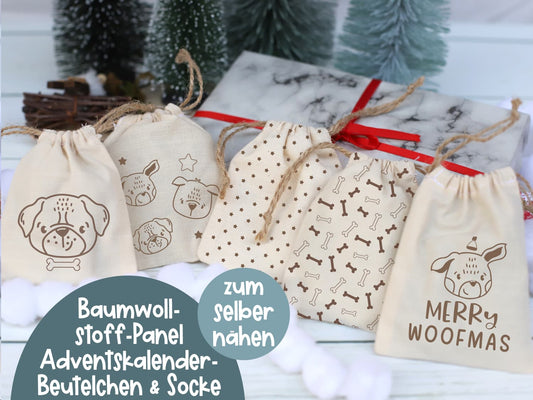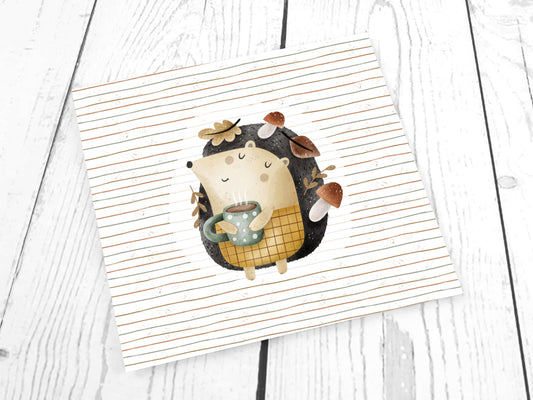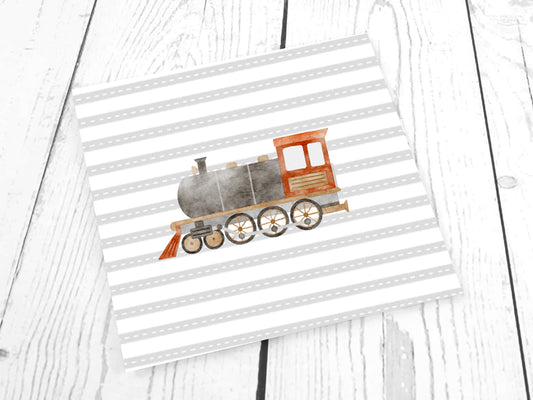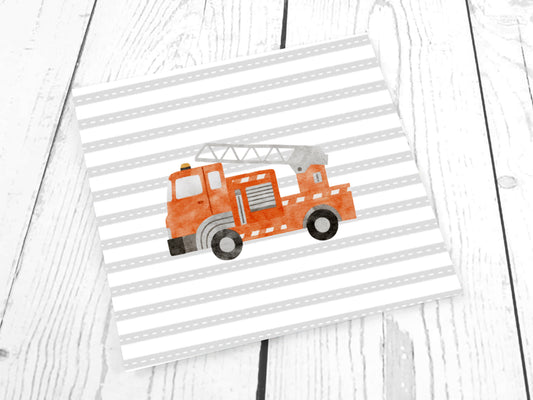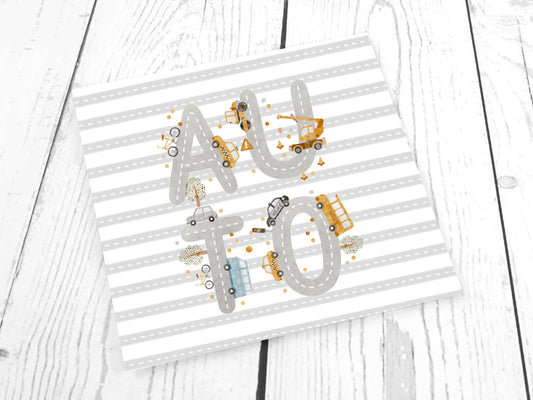-
Jersey fabric - PANEL - mermaid, pale mint-pink
Regular price €14,50 EURRegular price -
Jersey fabric - PANEL - mermaid, pale mint-pink
Regular price €14,50 EURRegular price -
Cotton fabric - PANEL Advent calendar - Small bags & socks - Merry Woofmas
Regular price €4,50 EURRegular price€9,90 EURSale price €4,50 EURSale -
Cotton fabric - PANEL Advent calendar - Small bags & socks - Meowy Christmas
Regular price €4,50 EURRegular price€9,90 EURSale price €4,50 EURSale -
Jersey fabric - Frosty Friends PANEL - Christmas tree
Regular price €6,00 EURRegular price -
Jersey fabric - Frosty Friends PANEL - Christmas tree
Regular price €6,00 EURRegular price -
French Terry PANEL - Thorsten Berger - Stay Curious
Regular price €19,90 EURRegular price -
Jersey fabric - Frosty Friends PANEL - Christmas tree
Regular price €6,00 EURRegular price -
Jersey fabric - Frosty Friends PANEL - Christmas tree
Regular price €6,00 EURRegular price -
Jersey fabric - Frosty Friends PANEL - Christmas tree
Regular price €6,00 EURRegular price -
Jersey fabric - Frosty Friends PANEL - Christmas tree
Regular price €6,00 EURRegular price -
Jersey fabric - Frosty Friends PANEL - Christmas tree
Regular price €6,00 EURRegular price -
Jersey PANEL - Thorsten Berger - ESCAPE TO PARADISE - Sea you later
Regular price €15,90 EURRegular price -
French Terry - T-Rex - pale gray
Regular price €14,50 EURRegular price -
French Terry - T-Rex - pale gray
Regular price €14,50 EURRegular price -
French Terry - Merry Slothmas - Sloths
Regular price €12,50 EURRegular price
Collection: fabric panel
All about fabric panels
How are fabric panels manufactured and what makes them special?
Panels are typically large, individual designs or images printed on various fabric qualities. Usually, several fabric panels are printed across the full width of the fabric. The spacing between the repeating motifs is called the repeat. Consequently, the repeat is smaller for smaller images. Often, the images are separated by dashed lines, allowing for more precise, easier, and faster separation. Panels are often very colorful and vibrant, and usually feature a particularly striking central motif, which makes them so special. Some panels also include smaller images alongside the main design. Depending on the design, fabric panels can also feature motifs printed across the entire width of the fabric or even multi-part designs. Panels are generally very creative and have that certain something extra that makes them so popular with fabric buyers.
What fabric qualities are available for purchase as fabric panels?
Fabric panels are available in a wide variety of qualities, printed onto the fabric using digital printing processes. Our main stock includes the following qualities:
• Jersey fabric panel
• Cotton fabric panel
• French Terry Fabric Panel
What can I sew with a fabric panel and what do I need to pay attention to?
The right fabric panel ultimately depends on your specific sewing project. Since panels come in a wide variety of sizes and designs, not every panel is suitable for every project. Children's and baby clothes use smaller designs than adult clothing due to their smaller size. In the worst-case scenario, the image might need to be cut to fit the garment. There are also significant differences between men's and women's preferences. Men often prefer larger designs to more subtle ones, which are often more popular with women. The repeat length and width also need to be considered for different body types. These details should be taken into account when selecting a design and panel, so careful planning is essential. Generally speaking, fabric panels are fantastic for clothing such as:
• Blouses
• Dresses
• T-shirts
• Children's clothing such as rompers, etc.
• decorative cushions
• Blankets and baby blankets
• decorative wall hangings
Sewing and care instructions
What needs to be considered when cutting and sewing a fabric panel?
It's very important to wash the fabrics before processing them, as they can shrink depending on the material. A rotary cutter is best suited for cutting out a fabric panel. Alternatively, scissors can also be used. The advantage of a rotary cutter, besides a more even cut, is the ability to cut through several layers of fabric at once. Depending on the type of fabric used, the grain should be taken into account. However, bi-elastic fabrics such as jersey can also be cut against the grain. Slippage is a major risk when cutting, so plenty of pins or clips should be used to prevent the pattern from shifting. Fabric panels can be sewn by hand or with a sewing or overlock machine. Cotton, jersey, and French terry are generally easy to work with. The individual pattern pieces cut from the main fabric and coordinating fabric(s) are placed on top of each other or side by side according to the pattern instructions and sewn together. After sewing, they can be briefly ironed and, if desired, topstitched.
What care instructions should be followed for a fabric panel?
To preserve the quality and colors of handmade items for as long as possible, we always recommend hand washing or a gentle cycle at a maximum of 30°C using a liquid detergent without bleach, as bleach can cause the colors to fade quickly. We also recommend washing the fabrics before sewing, as they often shrink slightly, ensuring a proper fit for your garments. We advise against using a tumble dryer after washing these types of fabrics, as air drying without artificial heat is gentler on the textile material.
All the above-mentioned material qualities can be ironed without any problems on setting 1 of the iron. The best results are achieved when ironing slightly damp fabrics with a standard household iron without using steam. However, please refer to the specific care instructions on the product page of the fabric panel.
Discover our sewing patterns now! !


